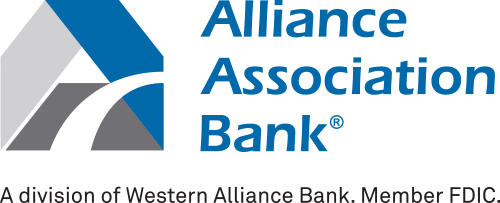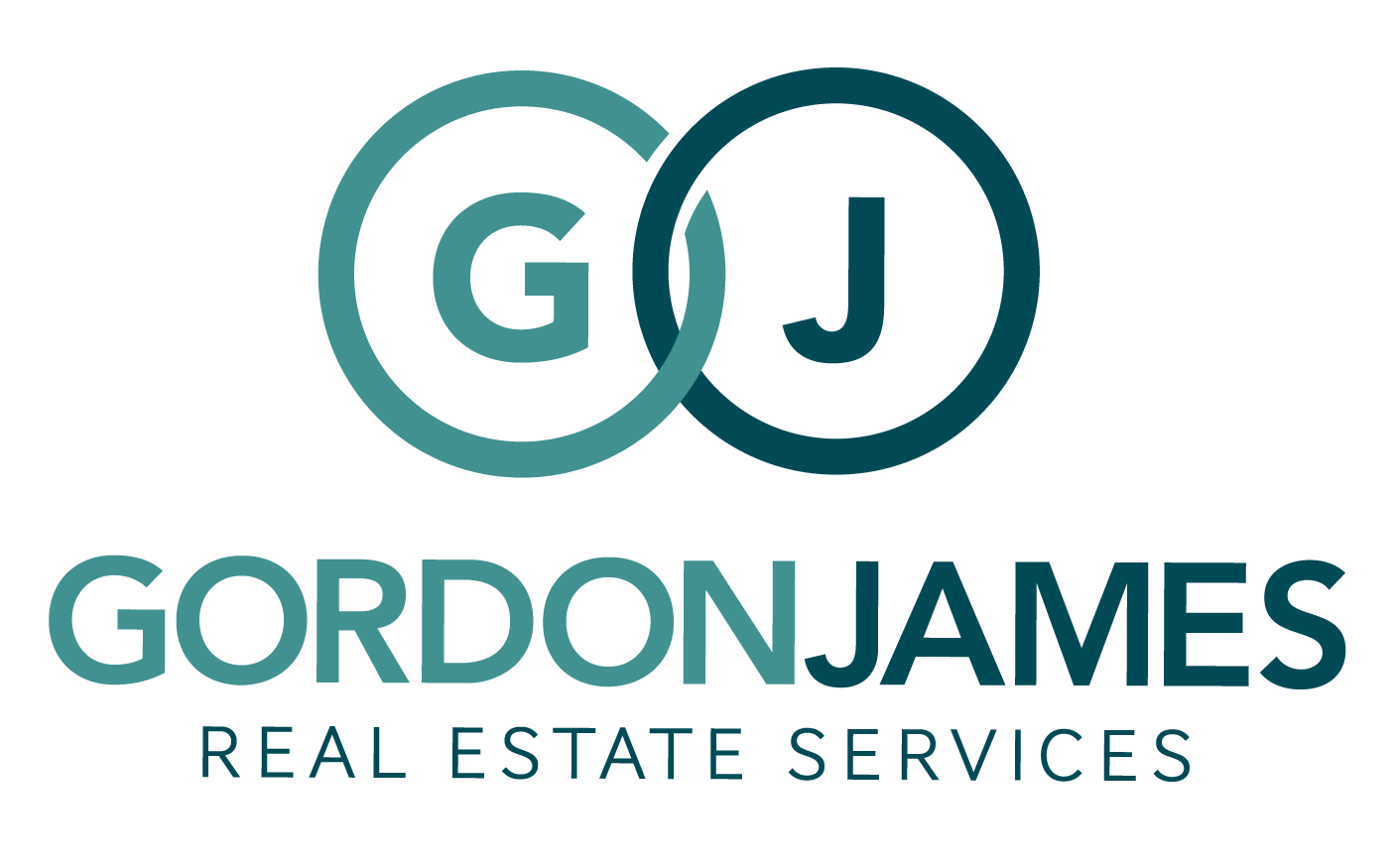Understanding Robert’s Rules Of Order Parliamentary Procedure

Effective communication and decision-making are crucial in any organization, HOAs included. To achieve this, understanding and implementing Robert's Rules of Order parliamentary procedure is essential. Unfortunately, not everyone knows the first thing about Robert's Rules or where to even begin.
Browse By Category
Sign up for Our Newsletter
Effective communication and decision-making are crucial in any organization, HOAs included. To achieve this, understanding and implementing Robert’s Rules of Order parliamentary procedure is essential. Unfortunately, not everyone knows the first thing about Robert’s Rules or where to even begin.
Understanding Robert’s Rules of Order Parliamentary Procedure
Robert’s Rules of Order serves as a parliamentary procedure designed to facilitate organized and efficient meetings. Crafted by Henry M. Robert, this set of rules guarantees every individual the right to express their opinions and cast their votes. Essentially, Robert’s Rules of Order parliamentary etiquette establishes a benchmark for engaging in discussions and reaching collective decisions.
In the United States, numerous organizations operate democratically, guided by leaders known as a Board of Directors. Board members gather regularly in meetings to talk about issues and make decisions for the organization. To ensure a standard process, Robert’s Rules of Order parliamentary procedure comes in handy.
These rules bring a level of consistency and uniformity to meetings and discussions. This helps foster more efficient and effective operations for the organization. Board members and stakeholders should know Robert’s Rules of Order, thereby allowing for equal participation and meaningful meetings.
Robert’s Parliamentary Procedure Key Definitions
Board members will quickly find that implementing Robert’s Rules is nearly impossible without an understanding of key terms. Here are the most important terms when it comes to Robert’s Rules of Order and parliamentary procedure.
- Motion
- Making a motion involves introducing a new item of business or suggesting an action or decision. Subsequently, a second motion is required before the initial motion proceeds to discussion and voting.
- Postpone Indefinitely
- This essentially ends a motion, preventing its reconsideration within the same meeting. Nevertheless, someone can reintroduce the motion at a later date, requiring a second before proceeding to a vote.
- Amend
- To amend a motion means altering it during its consideration. The process of amending a motion needs a second before proceeding to the voting stage.
- Commit
- Committing a motion involves transferring it to a committee. The committee must subsequently create a report and present it at the next meeting. Similar to preceding motions, the act of committing a motion requires a second and a majority vote.
- Question
- When someone “calls the question,” it promptly concludes the debate. This action requires a second but does not advance to a discussion. Instead, an immediate vote ensues.
- Table
- To table a motion essentially delays it to a later point in the meeting or the next one. This action necessitates a second and a majority vote for approval.
- Adjourn
- To adjourn a meeting means to conclude it. After this motion is initiated, a second motion must be made. Then, a majority vote is taken to decide whether to adjourn the meeting.
Five Principles of Robert’s Rules of Order
As a starting point, all organization members should know the fundamental principles of Robert’s Rules. The five Robert’s Rules of Order key principles are as follows:
- Solely one topic should be addressed at any given moment.
- Each proposal offered for deliberation deserves full and free debate.
- Every member possesses equal rights with their fellow members.
- When it comes to decisions, the majority rules. However, it is imperative to safeguard the rights of the minority.
- The personality and desires of each member must be merged into the organization as a whole.
Here is a more in-depth explanation of Robert’s Rules of Order’s basic principles.
1. Solely One Topic Should Be Addressed at Any Given Moment.
Focusing on a single topic or issue at a time is crucial for maintaining order and efficiency during meetings. This approach not only streamlines meetings but also helps achieve their objectives.
Every meeting should adhere strictly to a predetermined agenda, and discussions should not stray from this. Only one primary motion should be under consideration at any given moment. Should secondary motions arise while a primary motion is pending, they receive precedence until addressed or resolved.
Additionally, it is imperative that only one member speaks at a time. This means members should take turns expressing their concerns. Furthermore, no single member should speak twice about a motion before all members get a chance to speak at least once.
2. Each Proposal Offered for Deliberation Deserves Full and Free Debate.
Meetings should allow full and free debate on each proposition. During debates, members should refrain from cross-talking or interrupting other members. It is vital not to engage in direct exchanges when another member has the floor. All remarks and contributions should be directed through the chair, ensuring a structured and respectful discussion.
3. Every Member Possesses Equal Rights With Their Fellow Members.
Every member should enjoy the same rights in the meeting. The person in charge shouldn’t pick sides or play favorites — their job is ensuring everyone gets a fair chance to speak. If someone breaks any major rules, the person in charge must step in and fix things.
4. When It Comes to Decisions, the Majority Rules. However, It Is Imperative to Safeguard the Rights of the Minority.
The majority rules when it comes to decision-making. However, this authority should not silence or infringe upon the rights of the minority.
Every member has a right to receive notices for organization meetings. The organization also has an obligation to notify members in advance if there’s a proposal to amend or annul a prior decision. Additionally, members retain the right to access and review meeting minutes, board action reports, and committee reports.
In situations that could impact members’ rights, a two-thirds majority approval is required, surpassing a simple majority. No one possesses the authority to mandate a voting threshold higher than a majority unless the bylaws say so.
5. The Personality and Desires of Each Member Must Be Merged Into the Organization as a Whole.
Robert’s Rules of Order dictate that each member should actively merge their personality and desires into the larger unit of the organization. This requires prioritizing the association’s best interests. All discussions should adhere to the issues at hand and avoid delving into the motives or personalities of other members.
It’s crucial that every member of an HOA collectively shares a common goal outlined in the meeting agenda. While everyone has valid concerns and the right to express them, discussions should stick to facts and ideas. There is no room for personal judgments.
Homeowners Associations and Parliamentary Rules of Order
Much like businesses, homeowners associations function on similar grounds. Members elect fellow homeowners to join the HOA board and act as community leaders. Homeowners do this through a vote.
In its democratic structure, an HOA stands to gain from parliamentary procedure and Robert’s Rules of Order. Annual membership meetings and regular board meetings make up an essential part of HOA operations. Adhering to Robert’s Rules during these meetings allows HOAs to discuss issues and make decisions efficiently.
The Final Word
Clearly, Robert’s Rules of Order parliamentary procedure can help organizations streamline and standardize meetings. Homeowners associations are just one of the democratic bodies that can benefit from adopting these rules. While board members run the community, the HOA board and the homeowners should learn the procedures.
Up Next:
- Robert’s Rules Of Order For Meetings: What Boards Should Know
- How To Run A Meeting According To Robert’s Rules Of Order
- A Guide To Robert’s Rules Of Order Make A Motion
Trending Now
Related Article
Sign up for Our Monthly Newsletter
Sign up below for monthly updates on all HOA Resource















